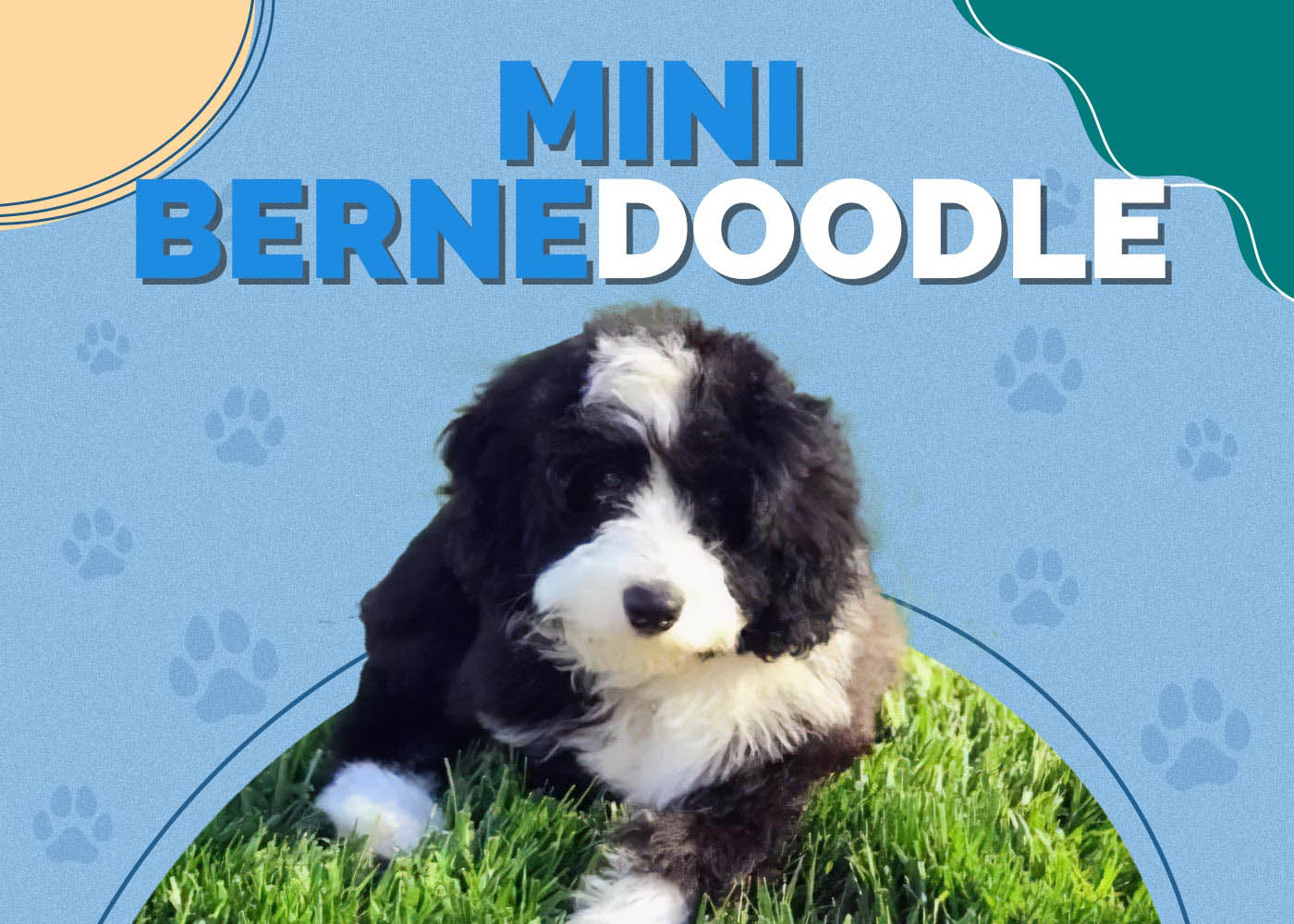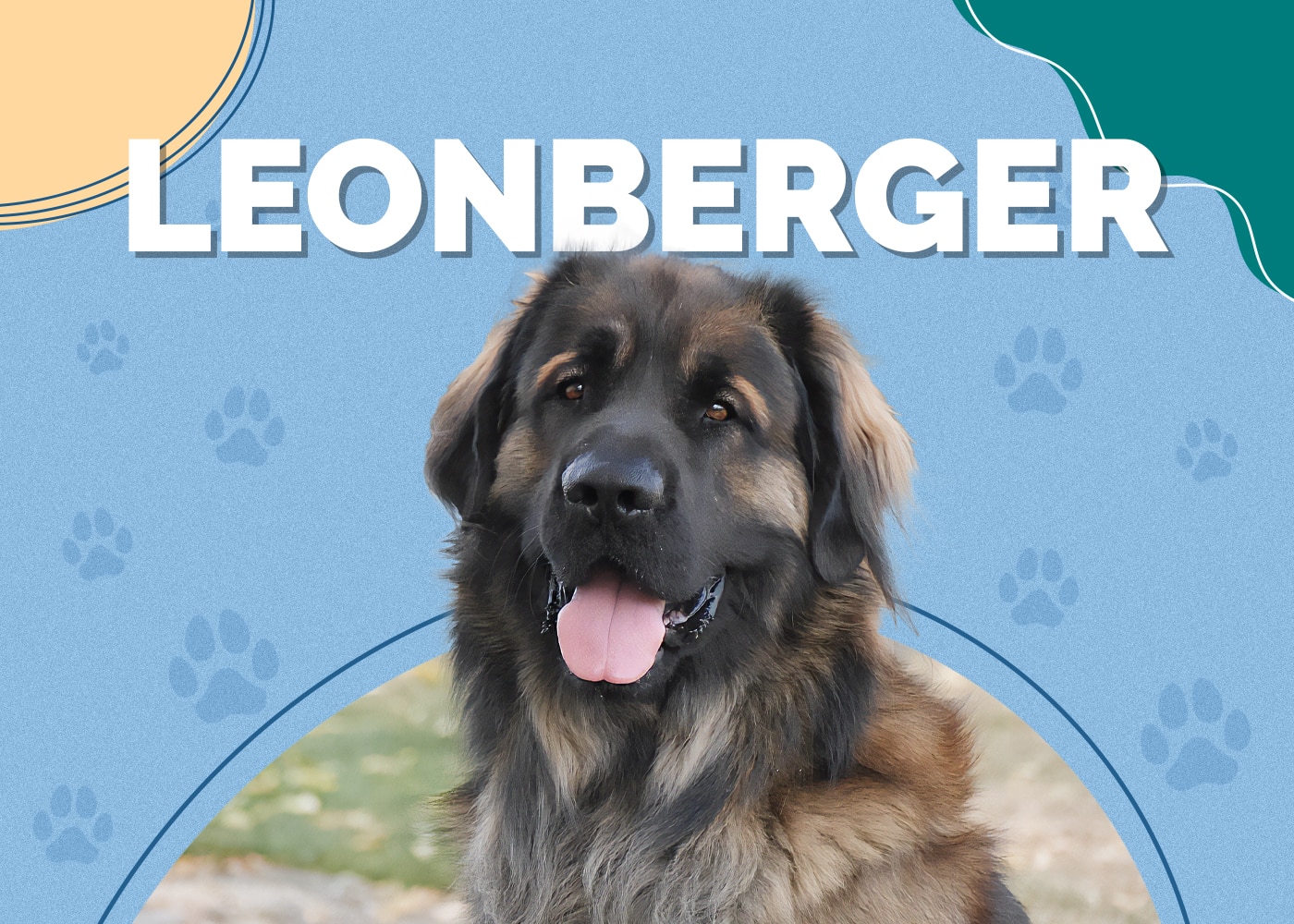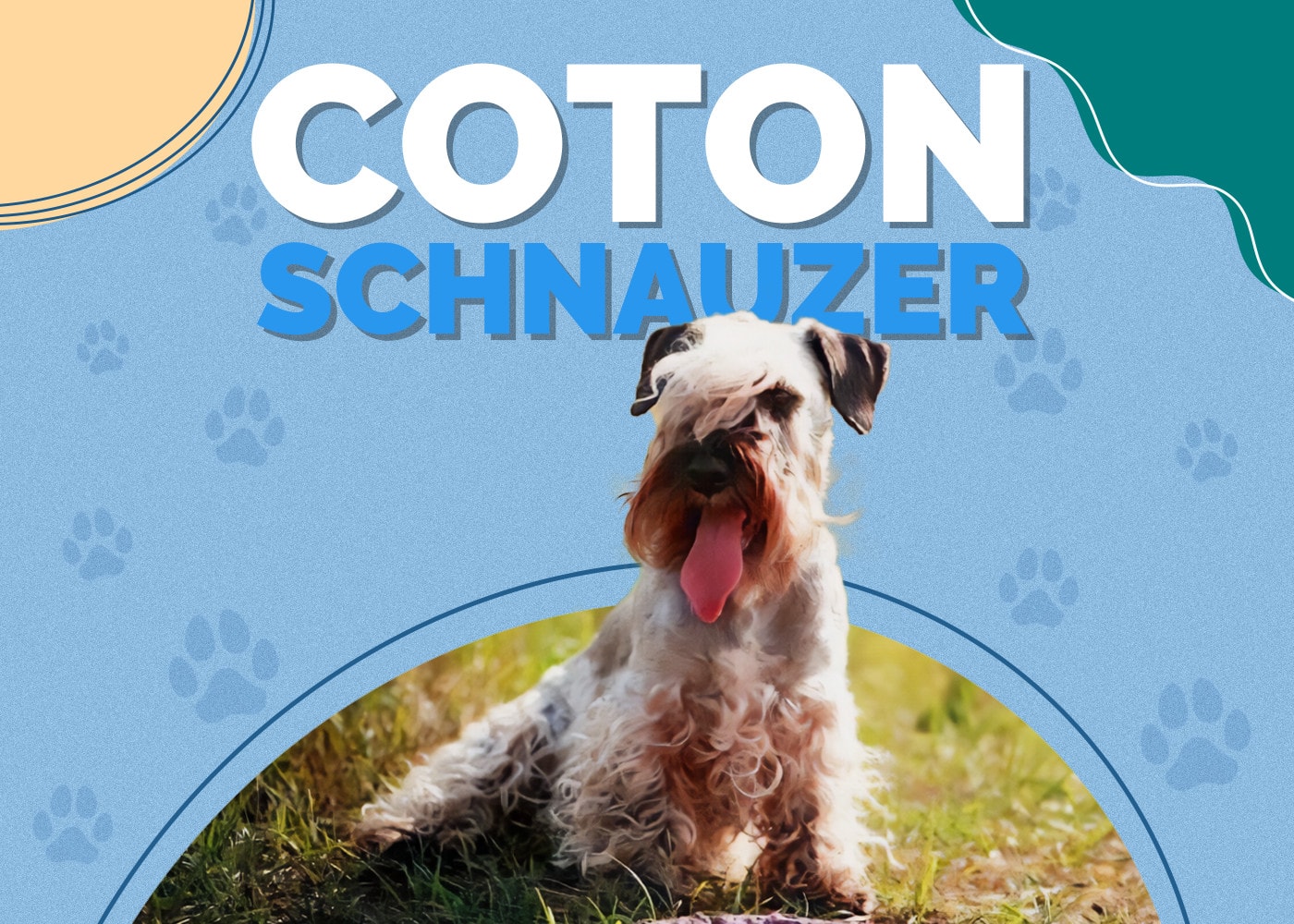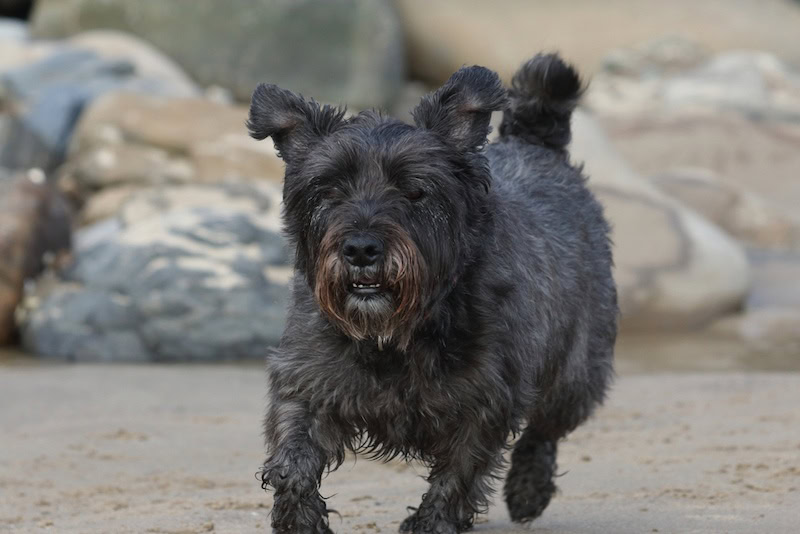Mini Bernedoodle (Mini Poodle/Bernese Mountain Dog): Info, Pics, Traits

Updated on

Height:
18–22 inches
Weight:
10–90 pounds
Lifespan:
12–15 years
Colors:
Black, tan, cream, white
Suitable for:
Families, active singles
Temperament:
Intelligent, social, affectionate
A Mini Bernedoodle is a hybrid mix of a Bernese Mountain Dog and a Mini Poodle. If you are looking for a Bernedoodle, they can be any size because Poodles come in three common sizes: Toy, Mini, and Standard.
The Mini Bernedoodle can also be called a Bernese Mountain Poo, a Mini Bernesepoo, a Mini Bernesedoodle, or Mini Bernepoo. A Mini Bernedoodle is the medium size of this dog breed. Depending on the Poodle size, they can range from 12 to 29 inches tall, and their weight will vary depending on which parent they favor.
 Mini Bernedoodle Puppies
Mini Bernedoodle Puppies
A Mini Bernedoodle is a cross of two popular and expensive pups, making them one of the most popular and costly Doodle breeds.
A significant factor that will affect the cost is the breeder, the kind of dog they specialize in, and their quality. Breeders who have worked hard to build great reputations have often done so by treating their dogs with special care. These are the kind of people worth supporting.
How can you tell if a breeder is of high quality? One of the best methods is to ask them for a tour around their breeding facility. They should be willing to take you into any space in which they allow their dogs. It should all be clean and safe, keeping the dogs in a positive environment that doesn’t endanger them in any way.
Before purchasing your dog from a breeder, it is best to check through their parent’s certificates and veterinary records. That way, if they struggle with anything that could be an inherited disorder, you can keep an eye out for it.
3 Little-Known Facts About the Mini Bernedoodle
1. The Mini Bernedoodle’s parents are from the most beautiful parts of Europe.
The Mini Bernedoodle (also called the Bernepoo) is a mix of sophistication and hard work when you look at their parents. The Poodle came from France initially and was first only bred as the Standard size. They were also rigorously developed in Germany. The first records that we have of these elegant pups are from the 1400s. They were initially used as retrievers for hunters out for waterfowl. Their name is a remembrance of this heritage. It comes from the German word for a puddle or “to splash.”
Their famous coat texture and colors were even engineered to suit the purpose of water retrieval. The fur that is now easy to coax into interesting cuts and groomed to pristine heights was initially to protect. It helped guard their vital organs and cushion them, along with twisting closely to their body to stop them from snagging on things under the water.
Over the past several centuries, they became popular as a French show dog and have been primarily used for this purpose in America. Very rarely are they used as a hunter’s companion in the modern day. The Bernese Mountain Dog has been a lover and a hard worker from the beginning. They come from the high heights in the Swiss mountains. Their name is derived from this area, specifically, a canton in Switzerland called Bern.
These majestic dogs were bred to be loyal and have a strong work ethic. They were large to pull carts and herd cattle. They also made effective watchdogs because of their intimidating size and alert nature.
As farming in the Alps began to die out, the Bernese Mountain Dogs steadily declined in popularity. However, devotees of the breed worked hard to revive the breed.
2. Bernedoodles were first intentionally bred in Canada in 2003.
The beginning of the Bernedoodle is relatively unknown. It is assumed that they were crossed out of love for the two breeds early on, but they were first bred intentionally in the early 2000s. A Canadian woman named Sherry Rupke is reported to be the first official breeder of the Bernedoodle. She began her first litter in 2003 in Ontario and continues to further develop this hybrid breed to this day.
Although she didn’t start with Minis right away, she has since branched into almost any size possible of the Bernedoodle.
3. The Mini Bernedoodle is a semi-hypoallergenic dog.
Mini Bernedoodles are a cross between a non-hypoallergenic dog that loves to shed and a hypoallergenic breed. Poodles are one of the best dogs for people who have allergies to animal fur. Bernies are heavy shedders, which means these hybrid dogs can range greatly on the hypoallergenic scale. Bernedoodles are considered semi-hypoallergenic.
One of the best ways to determine how hypoallergenic your dog will be is the type of coat that they inherit. The tighter and poofier fur that resembles more of a Poodle indicates less shedding. When they have straight fur, they will often shed more, and be worse for those with sensitivities.

Temperament & Intelligence of the Mini Bernedoodle 🧠
Mini and Toy varieties of the Bernedoodle are often more high-strung than the standard-sized Bernedoodles. As they grow older, they will often grow into a calmer personality with a tendency to stay down-to-earth, much like the Bernese Mountain Dog.
Whatever size of pup you adopt, they are bound to be loving, affectionate, and goofy. They inherit a great deal of intelligence from both of their parents. A stubborn streak can come into play with these smaller dogs, primarily from the Poodle side. They are intelligent enough to get into messes when left for too long or not given what they want.
Are These Dogs Good for Families? 🏡
The Mini Bernedoodle makes a perfect pet for a family. They are sweet and loving and like to play around. They can keep up with your kids and love to be a part of all family activities. Their smaller size makes them less imposing for families with small children.
Although these pups can inherit quite a bit of patience from the Bernese, both the dog and the kids should be taught how to behave appropriately around each other.
Does This Breed Get Along with Other Pets? 🐶 😽
This breed tends to get along well with other pets. They are not highly territorial, especially when they are socialized from a young age. They are gentle and loyal and have a great deal of energy, especially when they are young. They often do better when they are with more dogs because they can keep each other physically and mentally occupied.
 Things to Know When Owning a Mini Bernedoodle
Things to Know When Owning a Mini Bernedoodle
Food & Diet Requirements 🦴
Mini Bernedoodles can still vary quite a bit in size, so their diet needs to be tailored to their specific needs. It is essential to choose a food that also fits their size and activity levels. If they are on the smaller end, look into a smaller kibble or a food that is tailored toward small to medium-sized breeds.
Exercise 🐕
Mini Bernedoodles love to be outside as much as possible. They are a breed born to feel the cool breeze rushing through their fur. To stay happy and keep them from destructive behaviors, they should receive at least an hour of daily activity.
Bernedoodles tend to be easygoing companions, but they do appreciate plenty of interest in their lifestyle. Take them out for walks, hikes, runs, or to the dog park. Since they are so intelligent, they often do an excellent job with agility and sports training, and love puzzle games.
Training 🦮
Training can be a bit challenging for some of these dogs. They can express a stubborn streak if left to their own devices too often or if they simply aren’t interested. The Poodle side of them is more at fault for this, but if they favor the personality of the Bernese, they will be more inclined to want to please you.
One of the best ways to train these dogs is to keep training sessions fun and interesting. Make it into a game or keep them active throughout the time as much as possible. Reward them with plenty of positive reinforcement, so they know that what they are doing is what you want.
Grooming ✂️
Grooming is another area that can vary based on which parent they favor more. Straight-haired dogs will shed more and should be brushed multiple times a week to reduce the amount of fur they shed around the home. They will also have a double coat and will “blow” it seasonally, where they will shed much more.
The other option is more of a coat that favors the Poodle. This means it will be more curly, and it will grow closer to their skin. These coats do not shed as much and only need to be brushed once every week or two to limit their shedding.
Beyond coat maintenance, pay attention to their nails, ears, and teeth. If they are not worn down naturally by daily activity, you should clip their nails once monthly or when you start to hear them clicking on the floor. Their ears should get cleaned weekly to clear out any debris or wax buildup. Finally, brush their teeth daily or at least twice a week. This treatment helps prevent any infections.
Health and Conditions ❤️
Overall, both of these parent breeds are robust and healthy dogs. Bred together, they also benefit from hybrid vigor. However, there are still diseases they can suffer from and should be watched for at their annual vet checkups.
- Cataracts
- Hyperadrenocorticism
- Hypoadrenocorticism
- Color dilution alopecia
- Elbow dysplasia
- Hip dysplasia
- Sebaceous adenitis
 Male vs. Female
Male vs. Female
There are no recognizable differences between males and females in this breed.
 Final Thoughts
Final Thoughts
For families looking for a dog that can double as an active life partner and a cuddle bug, the Mini Bernedoodle should make the top of the list. They are sweet-natured and easygoing, built with patience and love. These dogs make excellent members of any family, and their smaller size makes them more adaptable than their larger parents.
Related Read:
- How Big Does a Bernedoodle Get? Average Weight & Growth Chart
- Mini Bernedoodle vs. Mini Goldendoodle: The Differences (With Pictures)
Featured Image Credit: Kat Franklin, Shutterstock
 Mini Bernedoodle Puppies
Mini Bernedoodle Puppies
 Things to Know When Owning a Mini Bernedoodle
Things to Know When Owning a Mini Bernedoodle Male vs. Female
Male vs. Female








